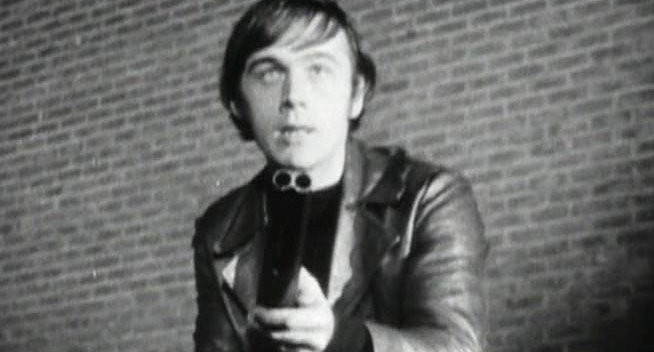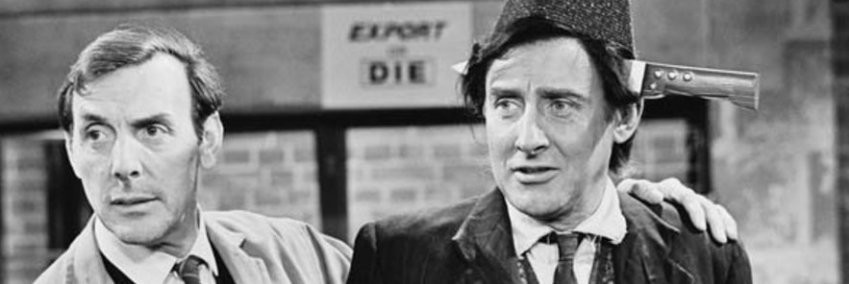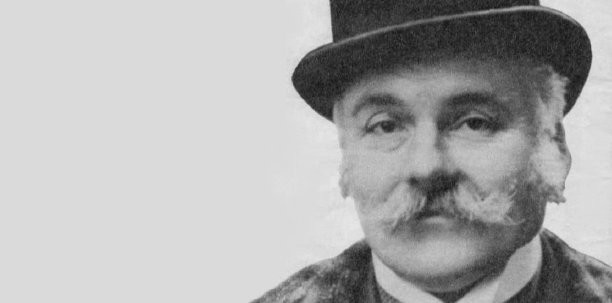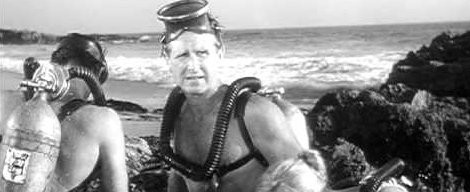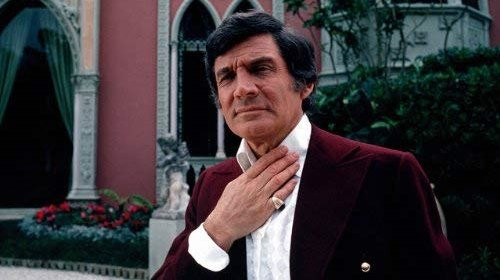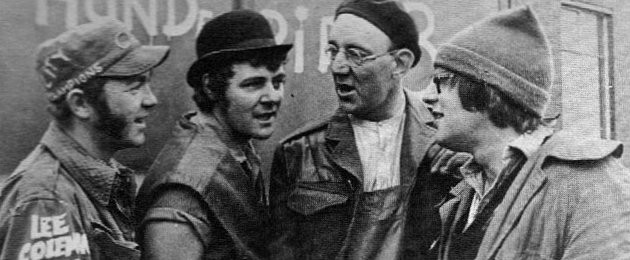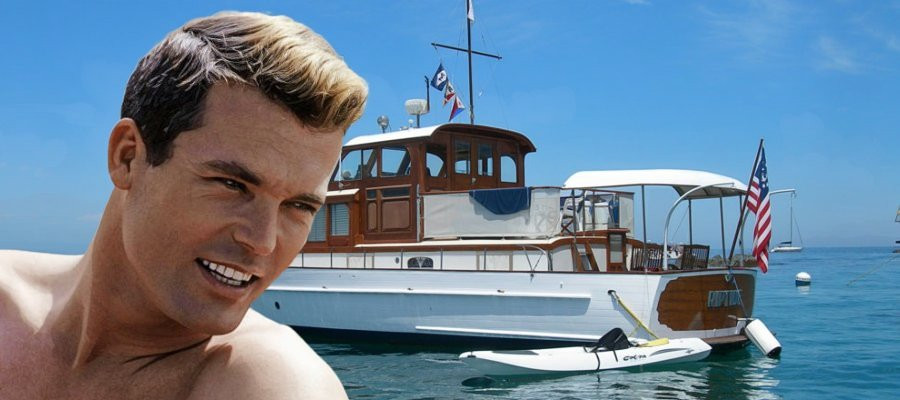
Riptide
1969 - AustraliaWhen British and American producers occasionally decamped to Australia in search of sun, sea, and fresh creative territory, the results were often a mixed bag. One of the more ambitious and, arguably, infamous outcomes of this practice was Riptide, a 1969 sea-faring adventure series produced in Sydney. Despite its lavish budget and international intentions, the series remains more notable for what it promised than what it actually delivered.
Produced by Trans Pacific Enterprises in conjunction with Artransa Park Studios, and Associated British Pathe, Riptide was conceived by Australian expatriate Michael Noonan from an idea by Guy Thayer Jnr., who also served as executive producer. The show starred American actor Ty Hardin as Moss Andrews, a corporate dropout-turned-charter boat operator seeking solace and adventure in Australian waters after the tragic death of his wife.
To its credit, Riptide was a milestone of sorts—it was the first one-hour colour series produced in Australia and made entirely on film. With a budget reported between $55,000 and $120,000 per episode, the production certainly didn’t lack financial backing. Expensive toys like hydrofoils, amphibious vehicles, and helicopters added spectacle, and the natural beauty of Sydney’s northern beaches and the occasional Barrier Reef footage provided some genuinely striking visuals.
However, Riptide struggled to live up to its high expectations. Though envisioned as a slick international drama, the series fell flat in several key areas. The scripting was often loose and meandering, with early potential quickly fading into formulaic storytelling. Attempts to position it as serious adult drama faltered under weak character development and awkward pacing.
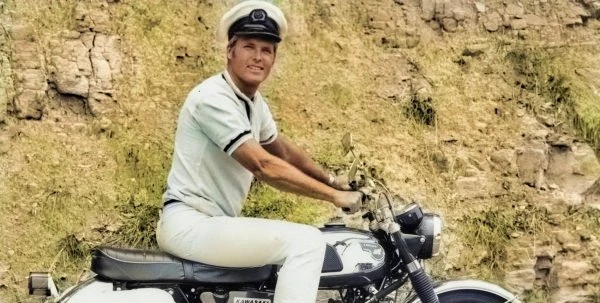
Ty Hardin, once a Warner Bros. contract player known for roles in Cheyenne and Bronco, was a curious choice as the lead. While his rugged charm may have seemed an asset on paper, in practice his performance wavered between disinterested and overblown. Australian supporting actors, including Jonathan Sweet and Sue Costin, initially brought some local authenticity to the mix, but were unceremoniously written out by mid-season—an early sign of the show’s troubled production trajectory.
The show’s international prospects were crucial to its viability. Distribution was handled in the UK by Associated British Pathe Ltd., and a sale to the United States was essential for profit. Unfortunately, the elusive American sale never materialised. Hardin, who had invested in the production and reportedly received no salary during filming, was left waiting for a return that never came.
Critically, Riptide suffered from the very problem that often plagued foreign productions in Australia—it felt more like a pastiche of American television than an authentic Australian story. The depiction of Australians was, at times, clumsily stereotyped and unflattering, while many of the supposedly “local” backdrops looked suspiciously like underdressed sets or Sydney’s sand dunes standing in for the outback. As one critic memorably noted, Riptide resembled a masterclass in how not to make a television series.
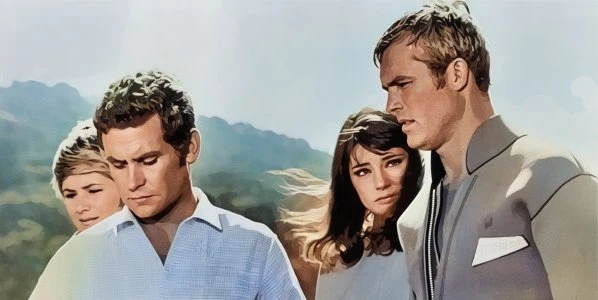
When production wrapped in May 1969, the cast and crew dispersed, the boats and vehicles were sold off, and Ty Hardin departed to try his luck elsewhere. A planned second series never went ahead, presumably due to disappointing British ratings. The show would eventually fade into relative obscurity; its title later recycled for an entirely unrelated American series in the 1980s.
A critic in the Australian publication TV Week summed up the programme with the following verdict:
"On the credit side, Riptide has excellent supporting artists, good camerawork and overall production ...and Ty Hardin. On the debit side it has loose scripting, an unflattering and untrue portrayal of the population of Australia ...and Ty Hardin."
2025 Assessment: A fascinating misstep from an era of bold experimentation, Riptide is worth revisiting for historical interest—but not for quality storytelling.
Rating: ★★☆☆☆
Seen this show? How do you rate it?
Seen this show? How do you rate it?
Published on June 16th, 2025. Written by Laurence Marcus for Television Heaven.


